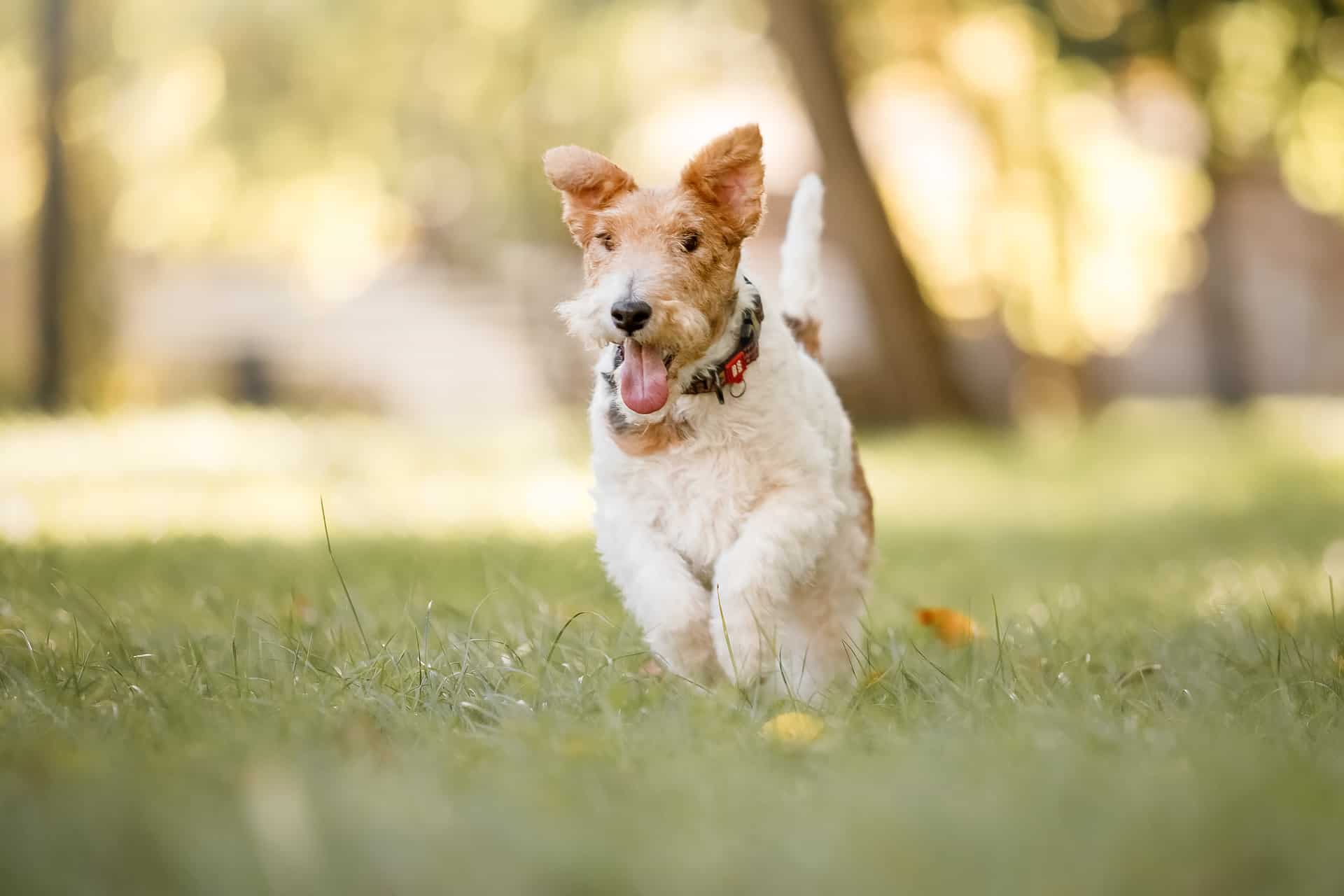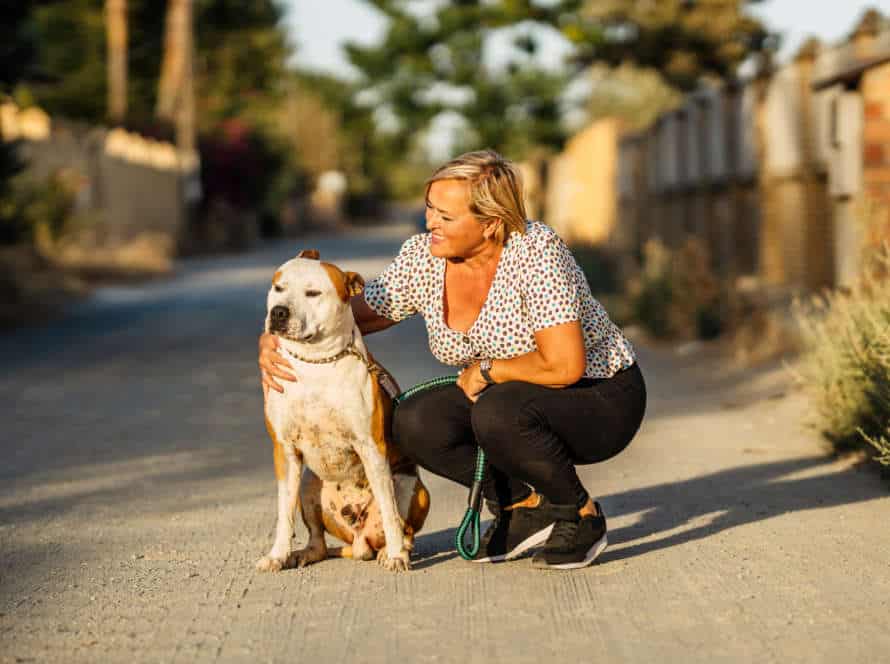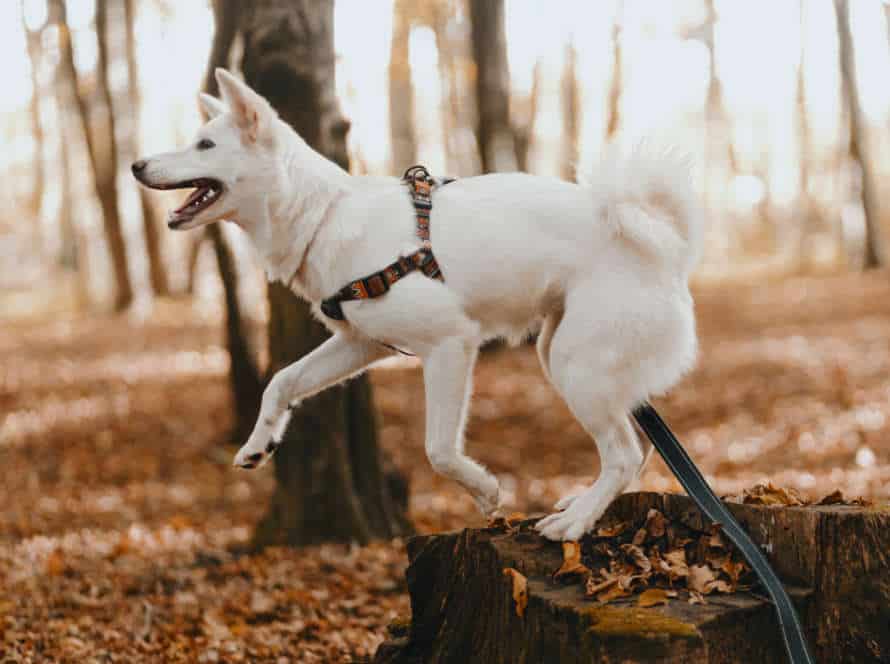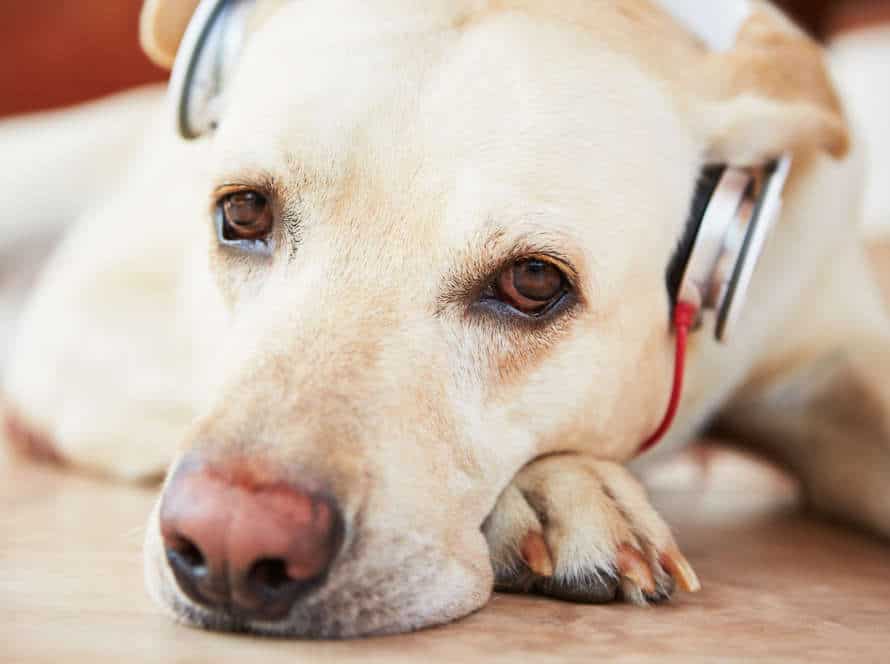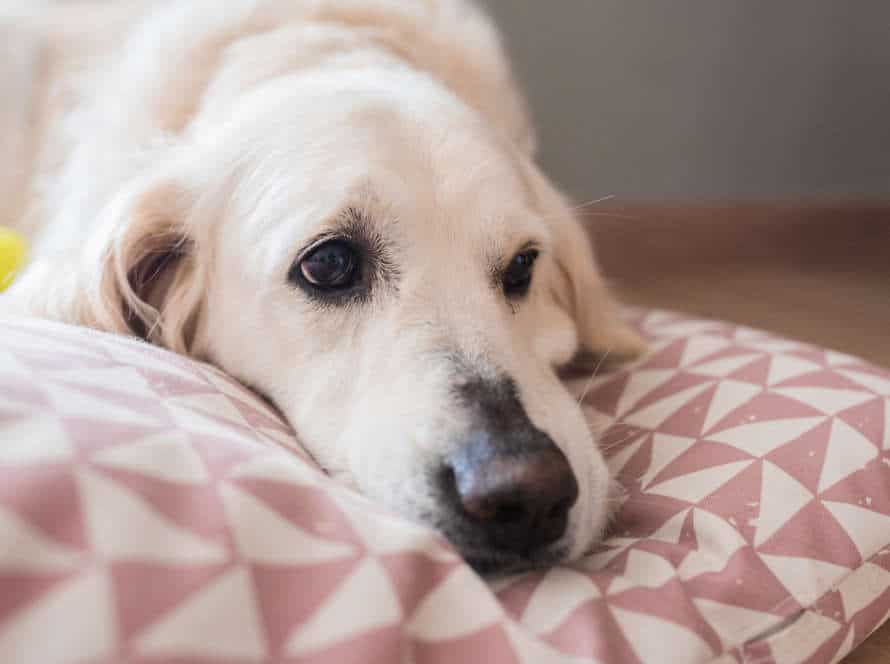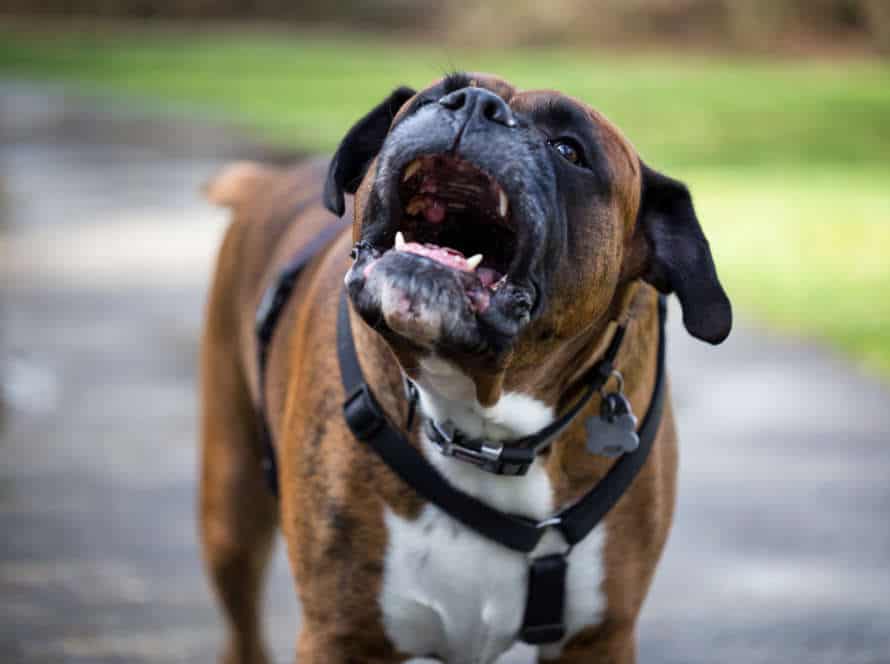Tips for Raising a Quiet Dog in an Apartment
Want to raise a quiet pup in your apartment? It’s possible! Here are some tips:
- Choose a breed known for being calm – like Bulldogs, Cavaliers and Bichon Frises.
- Exercise your pup regularly – both indoors and outdoors – and they’ll be less likely to bark too much.
- Give them mental stimulation with toys, games and puzzles – so they don’t get bored and bark.
- Train them basic commands like “sit”, “stay” and “quiet”.
- Create a relaxing environment for them with a comfy bed, toys and a quiet spot.
By following these steps, you can have a peaceful pup and keep your neighbors happy too!
Choosing a quiet dog breed
Living in an apartment? Choose a quiet pup! Some breeds are calm, so research breeds and decide which one is best for your home. Let’s delve into some of the quietest dog breeds for apartment life.
Small dog breeds
Searching for a peaceful pup perfect for an apartment? There are several small dog breeds to consider. Such as:
- Pugs – Loving and affectionate, minimal barking and low exercise needs.
- Cavalier King Charles Spaniels – Gentle, playful, well-behaved and don’t bark excessively.
- French Bulldogs – Good-natured, adaptable and quite. Plus, they don’t need much exercise.
- Shih Tzus – Friendly, loyal and bark little. Plus, their small size is ideal for apartment living.
- Boston Terriers – Intelligent, friendly and easy-going. Low-maintenance and don’t bark excessively.
To raise a quiet dog in an apartment, give them lots of exercise, attention and mental stimulation. Pro Tip: Look for breeds that need little exercise and don’t bark too much.
Senior dogs
Senior pooches are ideal for apartment life! Choosing a peaceful pup breed can make it even better. Here are some tips:
- Pick a breed known for its chill vibes, such as a Maltese, Bichon Frise, or Shi Tzu.
- Exercise and mental stimulation are key to prevent barking or whining.
- Train with positive reinforcement, like rewards when they’re quiet and calm.
- Make a comfy spot with bedding, toys, and an elimination space.
- Be understanding and patient with your senior pup. Plus, regular vet visits are essential for their health.
Low energy dogs
Low energy dog breeds are perfect for small apartments. They need minimal space and exercise. Consider these breeds:
- Greyhound – they are speedy but they also love to relax and sleep. They are quiet and trainable.
- Bulldog – these calm dogs love to snooze all day, making them great indoor pets. Plus, they are easy to groom and don’t require much exercise.
- Pug – low energy pugs love to cuddle with their owners. They are also kid-friendly and don’t need much exercise.
- French Bulldog – Frenchies are small, quiet, and don’t require much exercise. Plus, they adore cuddling!
- Basset Hound – low energy and love to sleep, plus they are calm and gentle. Easy to train, perfect for apartments.
Remember, even low energy dogs need daily exercise and mental stimulation for their health and happiness. Therefore, give them short walks, playtime, and chew toys to keep them content!
Training your quiet dog
Train your dog to be chill and quiet. This is key when living in an apartment. Noise travels between units.
Create a routine for your pup. They’ll know when something new is happening, and when to chill.
Reinforce good behaviour with treats and compliments.
Teach them to be social and friendly. And remember, patience is key!
Socialization training
Socializing your quiet pup in an apartment is essential. It helps them feel comfortable with different surroundings and folks, as well as lowering their anxiety and barking. Here’s how to socialize them:
- Take regular walks in your neighbourhood or nearby parks. Reward your pup when they interact positively with other dogs or people.
- Sign them up for a positive reinforcement training class. This will help with socialization, obedience and behaviour problems.
- Set up playdates with other pooches in a managed environment. This will teach your pup how to interact and play with others.
- Introduce them to new sounds and noises in a protected atmosphere. This will help desensitize them to potential anxiety triggers.
- Be consistent and patient to successfully socialize your quiet dog. Give treats and praise when they do well, to reinforce good habits.
Positive reinforcement training
Positive reinforcement training can be effective for training your quiet pup. It’s great for an apartment setting too! Rewards are key. Give treats, toys or verbal praise for good behavior such as obeying commands or staying quiet. Use a cue word like “good boy” or “quiet” to signal when your dog is being quiet.
Redirect their attention or remove them from a situation if they act up. Be consistent – never punish mistakes. Positive reinforcement training strengthens the bond between you and your pup – plus it encourages good behavior!
Crate training
Crate training is a great way to teach your quiet pup good behaviour and make them feel safe in an apartment. Here are some tips:
- Choose a crate that fits your pup, with enough room for them to stand, turn around and lie down.
- Gradually introduce your pup to the crate – use treats or toys to make positive associations.
- Start by confining them for short periods of time, gradually increasing the duration.
- Never use the crate as a form of punishment or leave them in for too long.
- Maintain a consistent routine with your pup and the crate to keep them feeling secure.
With patience and positive reinforcement, your quiet pup will learn to love their crate and feel safe in your apartment.
Exercise & Enrichment for Quiet Dogs
Exercising and enriching can be key for a peaceful pup’s day-to-day life, especially if they’re living in an apartment. Not only will this keep them healthy, but it can also reduce any undesired conduct. Plus, enrichment activities will keep your furry friend mentally stimulated and relaxed indoors. So, let’s take a look at how to make sure your companion gets enough exercise and enrichment in an apartment setting.
Daily exercise routine
A daily workout with your silent pup is essential for their well-being and cheer. Especially if you stay in an apartment. Here are some ideas to craft an exercise routine that works for you and your dog:
- Morning stroll: Begin the day with a 20-30 min walk to help your pup expend energy and create a habit.
- Fetch time: If your pet loves fetching, add this to your exercise routine for extra playfulness and involvement.
- Puzzle toys: Use puzzle toys or treat-dispensing toys to challenge your pooch mentally and give more enrichment.
- Dog park visits: Take your dog to a local dog park for socialization and fun with other dogs.
- Obedience training: Integrate basic obedience training into your exercise routine to keep your pup’s mind active and give them a feeling of purpose.
- End the day with a peaceful activity such as snuggling or a massage to help your dog relax.
Interactive toys for mental stimulation
Interactive toys are a great solution to give mental stimulation to your calm pup, especially if you live in an apartment with limited space to work out. Here’s some examples:
- Puzzle toys: Hide treats or food in the toy and make your dog solve it to get the reward. These toys help with problem-solving.
- Scent toys: Smell is important, so hide treats and toys around your flat and say “find it”!
- Treat-dispensing toys: Stimulate their minds by making them figure out how to get the treats out.
- Interactive fetch toys: Throw and bounce these toys to make them mentally and physically active.
Interactive toys are great for mental exercise and enrichment for quiet dogs. This keeps them healthy and happy in an apartment.
Puzzle feeders to keep them occupied
Puzzle feeders are a great way to keep your pup busy and stimulated – giving them exercise + enrichment in your apartment. They come in lots of forms – treat-dispensing toys, puzzle games or DIY options made with household items.
Here’s how to use puzzle feeders with your quiet dog:
- Start simple – choose an easy one and increase difficulty as they get better.
- Make it rewarding – use yummy treats or your pet’s usual kibble.
- Supervise – watch your pup while they’re using it, especially if they’re prone to chewing or being destructive.
- Rotate – switch up the feeders to keep their interest and prevent boredom.
Puzzle feeders can be an enjoyable way to give your quiet dog activity and mental stimulation – keeping them healthy + happy in your apartment.
Furnishing Your Apartment for a Quiet Dog
Creating a soothing atmosphere for your pup is essential for keeping peace in the apartment. To make sure your four-legged friend is content, furnish your home in a way they’ll adore. This part of the article will dive into the best methods to decorate your apartment, so your pooch can have the ideal house.
Choosing pet-friendly flooring
Pet owners wanting to keep their floors clean, long-lasting and safe for their pets must choose pet-friendly flooring. Here are a few to consider:
- Luxury Vinyl – Durable, water resistant and scratch-resistant.
- Laminate – Easy to clean and maintain. Also scratch-resistant.
- Tile – Moisture-resistant, durable and easy to clean.
- Cork – Hypoallergenic and antimicrobial. Great for pet owners with allergies or respiratory issues.
- Bamboo – Durable, water-resistant and eco-friendly.
Picking the right flooring can make living with your pet much simpler!
Creating designated ‘dog zones’
Live with your pup in an apartment? Establish ‘dog zones’ for a great life together. Here are some tips:
- Give your furry friend a comfy corner with bed, blankets and toys.
- Turn your balcony/terrace into a pet-friendly outdoor space with plants and seating.
- Use room dividers or pet gates to create a safe “dog area”.
- Get furniture that’s dog-friendly – such as scratch-resistant sofa covers and low-to-the-ground coffee tables.
With ‘dog zones’ you can give your pup a home in your apartment and still keep it peaceful.
Using noise-cancelling materials
Want to reduce noise in your pup’s pad? Noise-cancelling materials are really useful. There are a few to choose from:
- Acoustic curtains – Heavy curtains can block sound waves and echo.
- Acoustic panels – These absorb sound and reduce echo. Mount on walls or ceilings.
- Area rugs – Thick rugs absorb sound, lowering noise levels.
- Soundproofing foam – Cover walls, floors, and ceilings with this foam to absorb sound and cut noise.
Use these materials to create a peaceful atmosphere for your pup and the neighbors. Quiet pup in the apartment? Easy!
Managing Noise from your Quiet Dog
In an apartment, living with a quiet dog is doable. But, extra thought and attention is needed to make sure your pup lives peacefully without fussing the neighbors. To reduce noise from your pup and keep them a pleasant addition to your home, there are strategies you can use. Let’s check out some of these tips!
Bark control methods
To lessen excessive barking from dogs, specially in an apartment, bark control methods can be used. Here are some of them:
- Positive training: Rewards for quiet behavior, plus teaching a “quiet” command, can assist in getting the desired behavior.
- Citronella collars: These collars spray an odorless but unpleasant scent, breaking the barking pattern.
- Anti-bark training collars: These collars utilize a light electric shock to stop barking.
- Environmental modification: Lessening triggers, such as sights and sounds outside of the home, can help lessen barking.
It’s important to remember that over-barking might be due to issues like anxiety, so it’s recommended to seek help from a vet or animal behaviorist to identify the main cause of your dog’s barking.
Curtailing separation anxiety
Dogs that have separation anxiety can become very stressed while they’re alone. This leads to excessive barking and destructive behavior. To help with this, here are some tips for dogs living in apartments:
- Practice departure cues. Create a routine for when you leave your pup. Like, grab your keys or put on your shoes. Doing this will help your pup link those actions with you leaving.
- Provide entertainment. Leave interactive toys like Kongs with treats or puzzle toys to keep your pup busy.
- Give a comfy den. Give your pup a quiet corner of the apartment with a bed or crate to retreat to.
- Gradual training. Start slowly with short intervals of you leaving. Then gradually increase the time away.
- Positive reinforcement. Give verbal praise and treats when your pup does well. This’ll help reinforce good behavior and boost their confidence.
By using these tips, you can help your pup feel more comfortable when home alone and reduce separation anxiety.
Addressing noise sensitivity issues.
Experiencing noise sensitivity with your pup in your pad? Here are some ways to manage and reduce it.
- Obedience training is vital for teaching your dog to control their barking and other behaviors.
- Exercising your pup helps to prevent excessive barking or noisy behavior.
- Soundproof your apartment by using acoustic tiles or curtains.
- White noise machines or fans can create a constant background noise to mask your pup’s barking.
- Calming aids, such as pheromone sprays or anxiety vests, can reduce your dog’s stress and anxiety levels.
- Carefully monitor and manage your pup’s behavior and environment to help address noise sensitivity and cut down on excessive barking in your apartment.
Frequently Asked Questions
Q: How can I keep my quiet dog from getting bored in my small apartment?
A: Provide plenty of toys and playtime, create interactive games and puzzles, and consider hiring a dog walker or pet sitter for extra exercise and stimulation.
Q: Are certain breeds better suited for apartment living with minimal barking?
A: Yes, some breeds have a quieter disposition and are better suited for apartment living. Examples include Greyhounds, Basenjis, and Bichon Frises.
Q: How can I prevent my quiet dog from disturbing my neighbors while I’m away at work?
A: Crate training can help reduce destructive behavior, and leaving calming music or white noise on can also help soothe your dog’s anxiety.
Q: Do I need to take my quiet dog outside for regular walks if they seem content staying inside?
A: Yes, all dogs need regular exercise to maintain their physical and mental health, regardless of their energy level or barking tendencies.
Q: Can I train my quiet dog to be more sociable with other dogs and people?
A: Yes, socialization is key for all dogs, and with positive reinforcement training and exposure to new situations, your quiet dog can learn to be more outgoing and friendly.
Q: How can I make sure my quiet dog is getting enough mental stimulation?
A: Incorporate training sessions and games that challenge your dog’s mind, introduce new scents and textures, and provide interactive feeding toys or puzzles.

